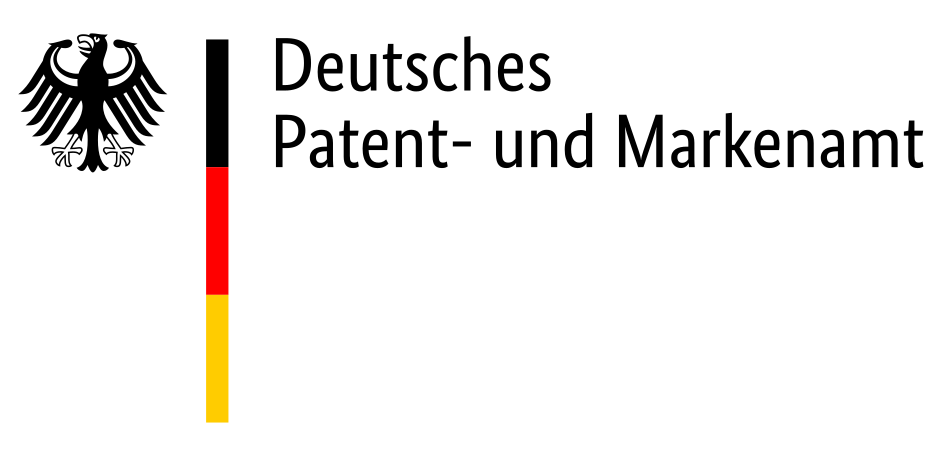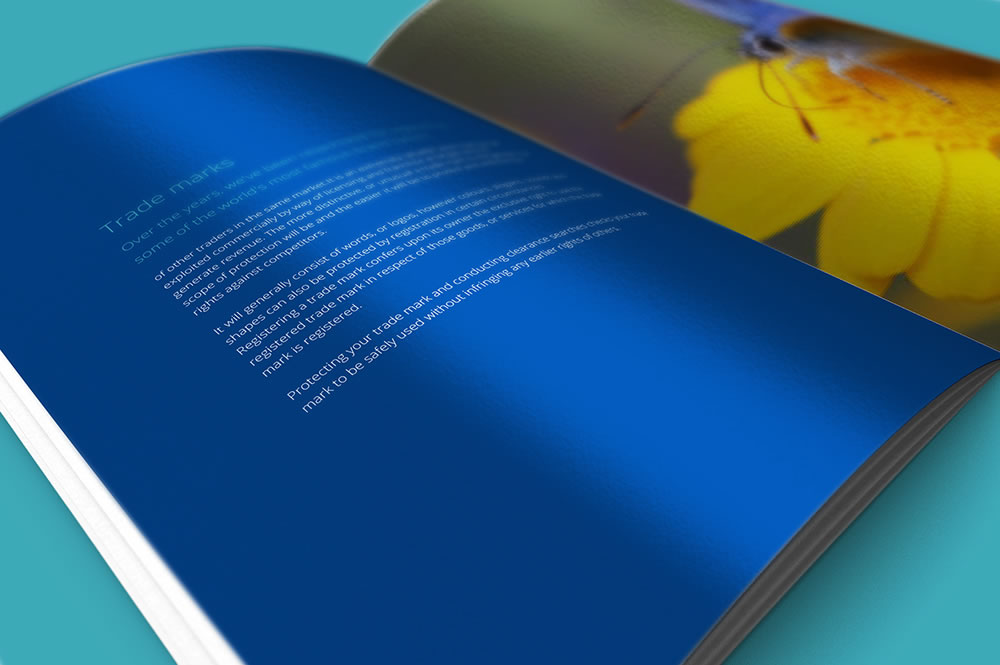Wed 3rd Aug 2022
Proper claim interpretation trumps prior use claim in defence of a German patent opposition
Services: Appealing a decision by the EPO, Opposing and defending a patent at the EPO, Patents
Sectors: Food and drink, Mechanical engineering
Our patent attorneys in Munich were recently successful in defending the patent of a client for machinery used in the food production industry after it was challenged on the basis of prior use, and despite the German Patent and Trademark Office (GPTO) accepting the flimsiest of evidence for the prior use.
The challenged patent was ultimately maintained unamended based on our arguments in favour of novelty and inventive step, which triumphed over the alleged prior use.
However, this patent opposition case was notable because, according to Olaf Ungerer a partner in Munich:
'The lack of evidence of prior use required by the GPTO could lead to a rise in forum shopping in favour of the GPTO.’
Background to this case
In this case, our client’s German patent was attacked by a competitor based on an alleged public prior use long ago (in 2008) when an allegedly novelty-destroying machine arrangement was installed in the food production area of a factory which had access restrictions for hygiene and safety reasons.
The competitor presented no arguments whatsoever about public availability (NDA, access restrictions, detectability of the claimed subject matter, etc.) during the opposition period.
Apparently, this should be a clear case of inadmissibility of the alleged prior use due to lack of substantiation. But, not at all - the patent division of the GPTO did not acknowledge any missing information for proof of the prior use.
Moreover, as the opponent recognized problems with proving public availability of the prior use, he simply filed (two weeks prior to the oral hearing) documents related to various other prior use cases with different scenarios (exhibition at a trade fair, internal presentations for invited clients). These late-filed documents were simply allowed by the patent division of the GPTO without any related discussion during the hearing and public availability was finally affirmed for some of these late-filed cases.
Concerns about standard of proof
Our patent attorneys were surprised that the standard of proof applied by the GPTO (possibly due to a reluctance to conduct witness hearings) was very low.
Photos of the allegedly novelty-destroying machine arrangement were accepted by the GPTO as evidence of public availability, without challenging the place and time of such photos.
Moreover, although witness testimonies were offered by the opponent, these were not required by the GPTO, and were never conducted, as the GPTO accepted the mere assertion about public availability by the representative of the opponent.
Our experience in connection with prior-use based oppositions at the EPO shows a different picture.
EPO case law identifies two levels or standards of proof to be applied with regard to disputes around public prior use: either the ‘balance of probabilities’ or ‘up to the hilt’. In cases where all evidence in support of an alleged public prior use lies within the power and knowledge of the opponent, and the patentee has barely any or no access to it at all, it is incumbent upon the opponent to prove the alleged prior use up to the hilt (T 472/92, OJ 1998, 161; cf. T 782/92 referring to proof ‘beyond any reasonable doubt’).
In decision T 918/11 the EPO Board of Appeal was also of the opinion that the application of the standard of proof ‘beyond reasonable doubt’ did not justify disregarding the witness testimony (regarding facts which had occurred a long time ago).
GPTO arguments
In its decision, the patent division argued as follows:
- “The circumstances affecting the reason for revocation are also set out in such a way that the patent owner and in particular the patent office (or the patent department) can derive therefrom final conclusions for the existence or non-existence of a reason for revocation without own investigations (cf. BGH, decision of March 30, 1993 - X ZB 13/90, GRUR 1993, 651, 653 - tetraploid chamomile).”
- “Accordingly, the opponent does not have to submit substantiated submissions on all actions. Therefore, it is at the opponent’s disposal to concretize from multiple acts of use, which could possibly be inferred from his presentation, only a single action or only a part of several actions according to subject, circumstance and time.”
- “The Patent Division considers it proven that a prior use act … in an in-house show as part of the important trade fair … known to every specialist took place (cf. Schulte, PatG, 10th edition, § 59 marginal note 118). The product line was presented there as part of the fair by means of a demonstration and information event.”
- “The annex [author’s remark: a mere photo without proof of place and time] shows an unlimited group of people [author’s remark: only invited guest were allowed into a restricted area of the presenter], which may include any third party - and thus the first expert. As part of the trade fair / demonstration, the product line … could be viewed both in the operating state as well as in the switched-off state by a specialist and questions could be asked. The same applies to a demonstration (in-house show) at … as part of the trade fair known to those skilled in the art. The act of prior use is therefore regarded as proven.”
Page White Farrer arguments
Fortunately, the challenged patent of our client was finally maintained unamended based on a recitation of our arguments in favour of novelty and inventive step over all presented allegedly prior-used arrangements.
We convincingly argued that novelty and inventive step of the claimed subject matter needed to be judged in the light of the patent specification which forms its own dictionary regarding the words used in the claims.
Thus, the patent division of the GPTO did not follow the overly broad interpretation applied by the opponent, and instead included the functionality of structural elements in its considerations. However, these functionalities were neither known from nor rendered obvious by the sold/presented arrangements.
This briefing is for general information purposes only and should not be used as a substitute for legal advice relating to your particular circumstances. We can discuss specific issues and facts on an individual basis. Please note that the law may have changed since the day this was first published in August 2022.



